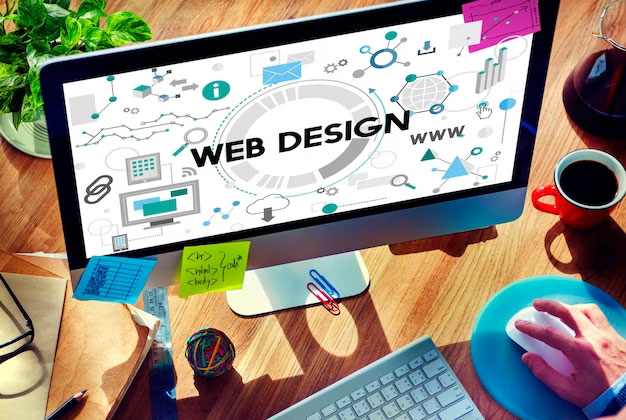
Introduction
In the digital age, where first impressions are often made in the virtual realm, the design of your website plays a crucial role in attracting and retaining visitors. The psychology of web design goes beyond aesthetics; it delves into understanding user behavior and creating an experience that resonates with your audience. In this blog post, we'll explore the key principles of designing user-friendly websites based on psychological insights.
Color Psychology
Colors evoke emotions and can influence the way users perceive your website. Understanding color psychology is essential in creating a visually appealing and user-friendly design. For example, blue is often associated with trust and professionalism, while warm tones like orange and red can convey energy and excitement. Consider your target audience and the emotions you want to evoke when selecting a color palette.
Typography Matters
The fonts you choose can impact how users digest information. Clear, readable fonts contribute to a positive user experience, while overly complex or difficult-to-read fonts can drive visitors away. Tailor your typography to match your brand identity and ensure that it enhances, rather than detracts from, the overall user experience.
Whitespace and Simplicity
A cluttered website overwhelms users and makes it challenging for them to navigate. Embrace the power of whitespace – it allows content to breathe and makes the overall design more digestible. Simplicity in design minimizes cognitive load, ensuring that users can quickly find the information they're looking for.
Navigation Psychology
Navigation is a critical component of user experience. Implement intuitive navigation menus and site structures. Users should be able to navigate your site effortlessly, finding what they need within a few clicks. Avoid overwhelming users with too many choices, as this can lead to decision fatigue.
Responsive Design
Considering the prevalence of mobile devices, responsive design is no longer optional. Users expect a seamless experience across various devices, and a mobile-friendly website is crucial for retaining visitors. Google also prioritizes mobile-friendly websites in search rankings, making it a win-win for both user experience and SEO.
Loading Times and Patience
In a world where attention spans are shrinking, slow-loading websites can be a dealbreaker. Users expect instant gratification, and a website that takes too long to load can lead to frustration and abandonment. Optimize images, minimize HTTP requests, and leverage browser caching to improve loading times.
Social Proof and Trust
Humans are social beings, and we often look to others for cues on how to behave. Incorporate social proof elements, such as customer testimonials, reviews, or user statistics, to build trust. Trust is a crucial component of user experience, and it can significantly impact conversion rates.
Conclusion
The psychology of web design is a powerful tool for creating user-friendly websites that not only look good but also cater to the needs and behaviors of your target audience. By understanding color psychology, optimizing typography, embracing simplicity, and prioritizing user-friendly navigation, you can craft a website that not only attracts visitors but keeps them engaged and satisfied. Stay attuned to the evolving landscape of web design and continuously seek ways to enhance the user experience based on psychological principles.
Connect with best web designing agency in Vijayawada for more details.
